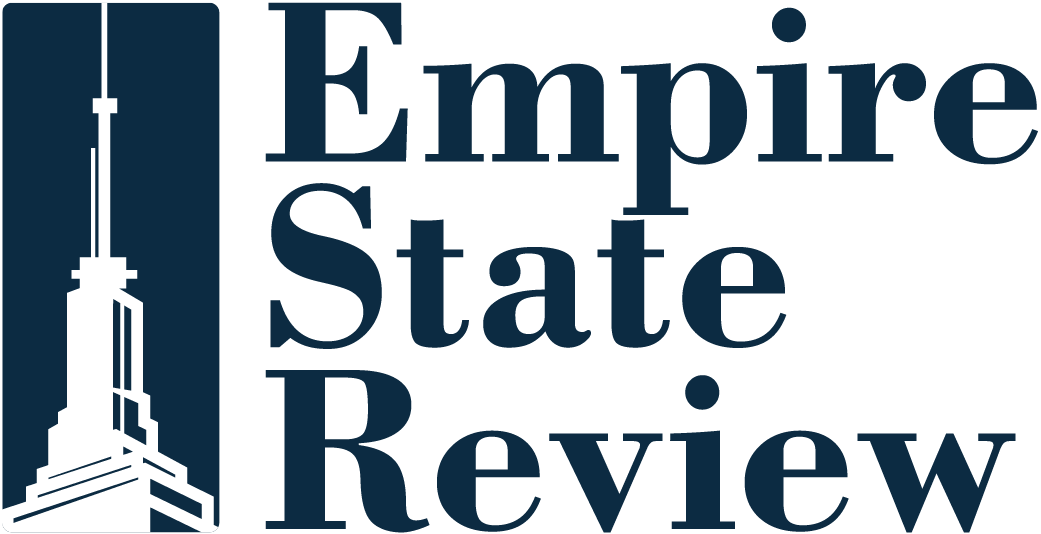White House Responds to Amazon’s Proposed Tariff Display
Published on April 29, 2025
Context of the Discussion
During a recent press briefing marking the 100th day of President Trump’s administration, the White House was queried about Amazon’s reported intention to display tariff-related costs alongside product prices on its platform. The session featured remarks from Press Secretary Karoline Leavitt and Treasury Secretary Scott Bessent.
Amazon’s Tariff Price Display Report
According to Punchbowl News, Amazon is considering a move to clearly display how much of a product’s price consists of tariffs. This initiative is said to be aimed at increasing transparency for consumers regarding final costs.
However, specifics about this potential pricing change have not yet been confirmed by Amazon. The company maintains a degree of ambiguity around the implementation details.
Reactions from the White House
Karoline Leavitt characterized Amazon’s actions as a “hostile and political act” during the briefing. She emphasized the impact of tariffs on American consumers, claiming, “Isn’t that a perfect, crystal clear demonstration that it’s the American consumer and not China who is going to have to pay for these policies?” She also questioned the timing of Amazon’s decision in the context of inflation levels.
The White House’s response included veiled criticisms of Amazon’s relationships and business choices, suggesting a need for a stronger focus on domestic purchasing. “This is another reason why Americans should buy American,” Leavitt stated.
Amazon’s Stance
Amazon has refuted claims of any approved plan to display tariff-related costs on its main site, according to spokesperson Tim Doyle. He noted that the consideration was specific to the Amazon Haul platform, a low-cost competitor targeting items priced under $20, not the flagship shopping site.
Comparisons with Competitors
In a parallel move, platforms like Temu and Shein have begun to list “import charges” for products sold to U.S. customers in response to the broader tariff landscape introduced during previous administrations. These companies aim to inform consumers about potential additional costs at checkout.

